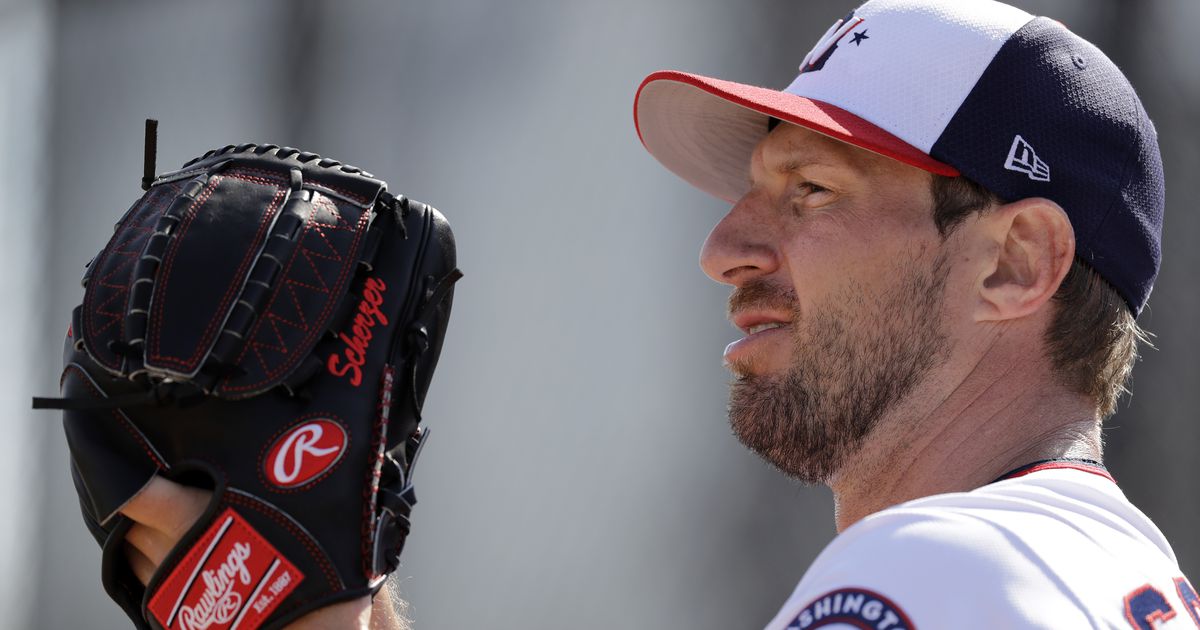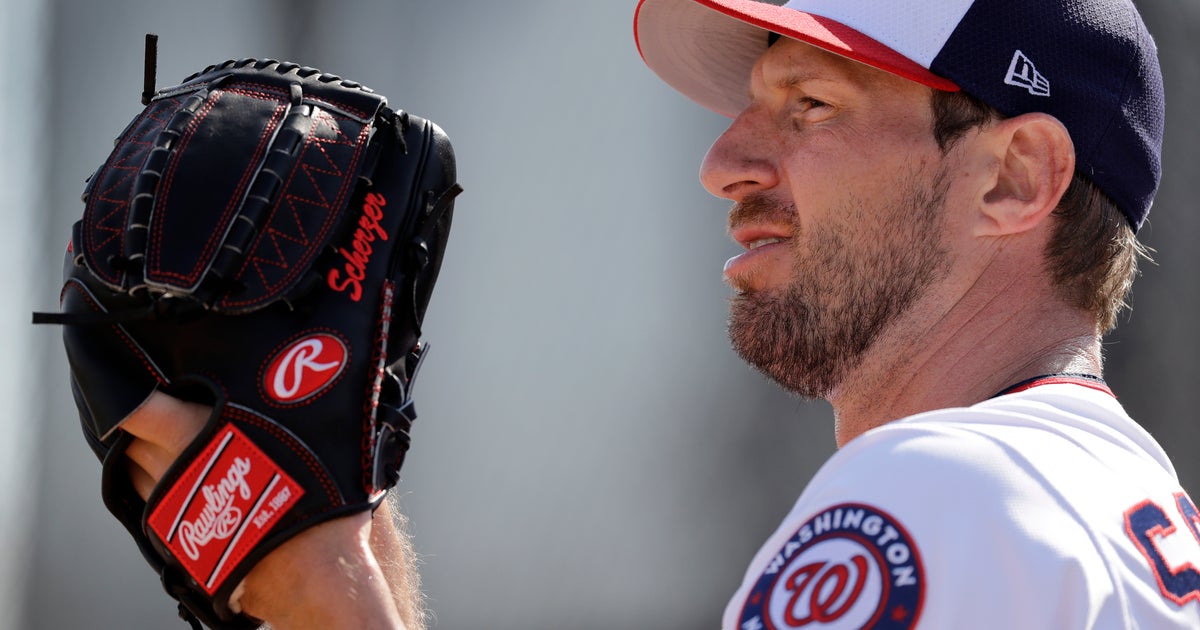Complete games, shutouts nearly extinct in today’s baseball


WEST PALM BEACH, Fla. (AP) — The complete game is nearly completely gone from baseball. Shutouts are vanishing, too.
The numbers are striking.
Go back to 1978, and there were more than 1,000 complete games in the majors. Move to 2003, and the total was about 200. In 2018, though, there were only 42 — the lowest total in the sport’s history, according to Baseball-Reference .com — and just 19 of those were shutouts, the fewest since the 1870s.
Or to put it a different way: Roughly every other game featured a starter who went the distance 40 years ago, whereas about one in every 55 games did last season. Stars of the 1960s and ’70s such as Bob Gibson, Steve Carlton or Jim Palmer would top 20 complete games in a year. In the ’90s, Pedro Martinez, Greg Maddux and Randy Johnson would get to 10 or 12 or so.
Last year, no one threw more than two complete games. No one delivered more than one shutout.
“The special, elite guys are still able achieve it and want to achieve it,” Washington Nationals general manager Mike Rizzo said. “I don’t think we’ll ever see it disappear completely, but it’s definitely becoming a rarity.”
So what happened? Various factors contributed to the decline of dominant, nine-inning performances on the mound, from injury fears to an increased emphasis on accumulating bullpen arms, from the newfangled “opener” strategy of using a reliever to get things underway to protecting young pitchers in such a way that they never build up an ability to stay in until the end of games.
Still, the basic sense around the sport is that it’s not that pitchers are no longer born with shoulders or elbows capable of producing complete games, but that their teams simply won’t let them even try and generally don’t properly prepare them to do so.
“Everyone,” Atlanta Braves right-hander Kevin Gausman summed up, “is obsessed with pitch count now.”
It’s a trend that seemed to gain steam in the 2000s, not coincidentally as more and more pitchers were getting elbow injuries that required Tommy John surgery.
Don’t let most guys throw too hard for too long, the thinking goes.
“There’s a general pullback in the industry, because they couldn’t comprehend why so many people were getting hurt. The biggest mass effect you can have is workload,” Houston Astros righty Gerrit Cole said. “Just overall, clubs are kind of doing a risk analysis. … They are trying to be smarter about it and disburse the load a little bit to some other guys.”
Merely six starters averaged at least 100 pitches per outing last season, down from 43 in 2011, per TeamRankings.com.
Cole was a member of that group in 2018, which also included his teammate Justin Verlander, NL Cy Young Award winner Jacob deGrom of the New York Mets, and three-time Cy Young recipient Max Scherzer of the Nationals.
“They’re really holding starters down to 100 pitches and not letting you go past that. If you do, maybe you get 110. But you rarely see guys get to 120 anymore,” Scherzer said. “If an inning takes 15 pitches, you get to 105 after seven and that’s about all you get. The data shows that once you get past 105, 110, that’s when you do start losing your effectiveness, no matter how good of a starter you are.”
In this age of hard-throwing relievers and lefty specialists, a team would rather have someone fresh pitch than a player laboring for hours.
“Everybody’s coming in throwing gas. Are you really that much better than those guys down there at that point in time?” Scherzer said. “That’s where you have to be honest with yourself and your manager and say, ‘I’ve given everything I’ve got over these 105, 110 pitches.’ The decision becomes pretty easy for the manager to say, ‘I’m going to go to one of my wipeout bullpen guys.’”
Scherzer has been known to lobby to remain in at key late-game moments. He’s as competitive as they come. Yet he says he grasped early in his career that all that truly matters is that his team wins — not how it happens.
His initial complete game arrived in his 179th big league start; he has 10 over the past five seasons.
“There were opportunities where I could have pitched one sooner. But it didn’t matter. I could have gone back out there, but we’re winning by 10 or 11 runs, so why go pitch the ninth? So I can say that I did it? No, then I’m hurting the team. It would be a selfish accomplishment,” Scherzer said. “There’s times where if you can get a rest, take it. You’re actually helping the team more by not doing it.”
He also pointed to another element: the score.
“The sweet spot to throw a complete game now is being up three or four runs,” Scherzer said. “That’s the only time where it makes sense to think, ‘We still need our best guy in there, and it’s not a save situation.’”
As with everything in professional sports these days, it’s all about what the numbers dictate. And there are calculations connected to saving up strength for the postseason, too; if NBA players sit out entire regular-season games for “load management,” why shouldn’t a pitcher head to the clubhouse a little early?
Bullpens are built to get the last six or nine outs, and it’s OK for a starter to become conditioned to go six or seven innings.
That starts happening in the minors, when pitchers are pulled as soon as they show signs of fatigue.
By the time they get to the majors, they’re not used to working through that.
“We have a way of trying to evolve as an industry that’s taken out a little bit of the ‘machismo’ that goes with the complete game,” Astros manager A.J. Hinch said. “I’m not sure if that’s good or bad, but it’s part of the evolution of analytics being applied at a higher rate across the board.”






